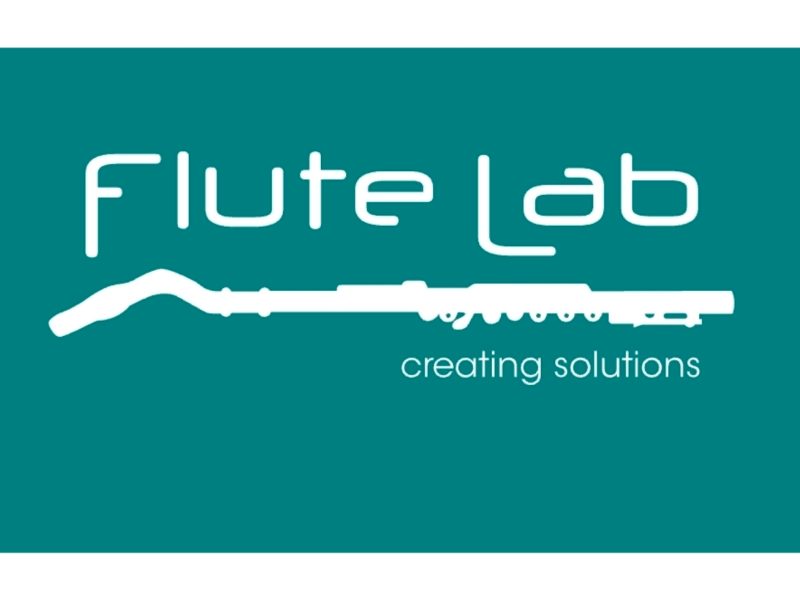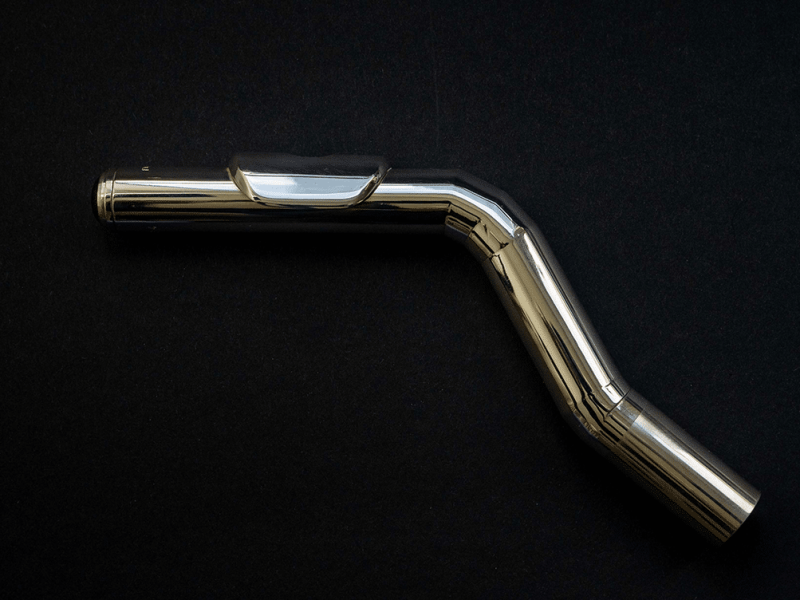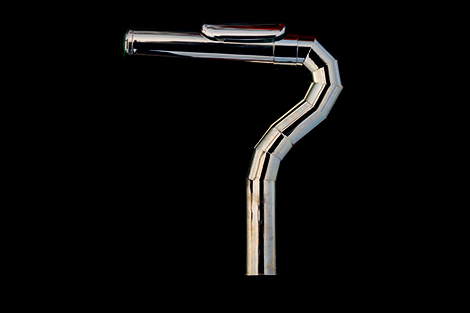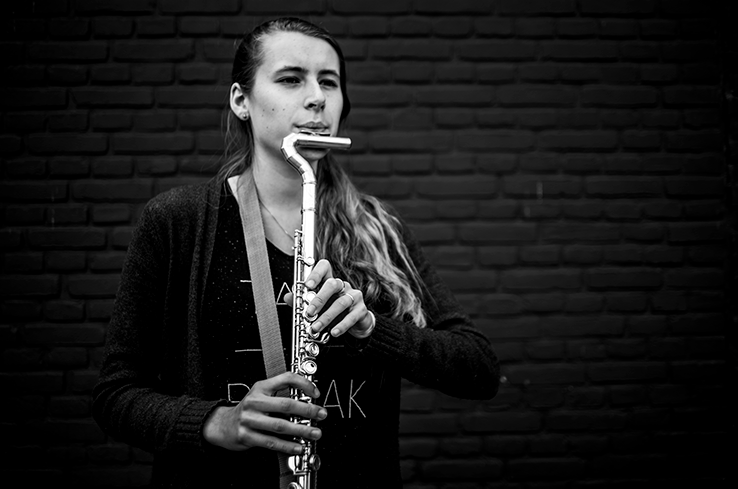FluteLab by Maarten Visser




FluteLab is a workshop founded and run by Maarten Visser, who graduated in 1983 from the Newark Technical College (UK) in woodwind making and repair. Since 1984 Visser has pioneered adaptive wind-instrument solutions for musicians with physical challenges and then expanded his work into ergonomic modifications of the Boehm flute system.
Two of FluteLab’s key headjoint models are:
Swan Neck Headjoint: A bent tube headjoint (~40° bend) constructed in sterling silver with a hand-cut embouchure. The curve is intended to reposition the flute to reduce strain on the shoulders and neck, enabling a more relaxed posture. The bore is specially tapered to compensate acoustically for the bend.
Vertical Headjoint: A headjoint design that allows the flute to be played in a near-vertical position, akin to a recorder or clarinet layout, thereby accommodating players with ergonomic or physical constraints. Built in sterling silver, with a malachite-inlaid crown and custom thumb and left-hand supports.
Materials and Features:
Both models are handmade in 925/000 sterling silver.
The Swan Neck model features a malachite-inlaid crown and a unique bore taper to maintain intonation and tonal balance despite the bending.
The Vertical model also uses a malachite crown, custom hardware (thumb rest, left-hand support), and considers embouchure alignment and weight distribution for comfort in non-traditional playing angles.
Both models come with accessories (case, instructions, supports as needed).
Intended Use / Benefits:
The Swan Neck model helps reduce musculoskeletal strain for flutists who experience discomfort holding the traditional straight flute position, offering an ergonomic alternative without altering standard fingerings or techniques.
The Vertical model is aimed at flutists with greater physical restrictions, enabling play in a more upright posture and accommodating hardware supports, while still maintaining flute acoustics and feel.
Both models retain the standard flute’s acoustic range and fingerings but adapt the instrument’s geometry for improved comfort and accessibility.
FluteLab’s work in ergonomic wind instruments has gained attention in flute fairs and ergonomic research presentations (e.g., “New directions in ergonomic headjoints” at the New York Flute Club). These models remain available through the FluteLab workshop in Amsterdam and selected specialist dealers worldwide.
